Baroque Instruments
The Baroque Period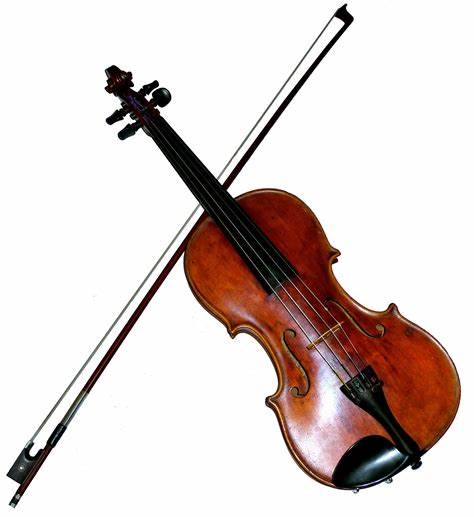
Violin
The violin is a four-string chordophone tuned in fifths (G, D, A, E.) Descended from the lute and oud, Baroque musicians loved its expressive sound. King Louis XIV had a 24-violin orchestra; Vivaldi and Bach both wrote extensively for the instrument. Within a few decades, the violin had firmly established itself as the queen of all European instruments.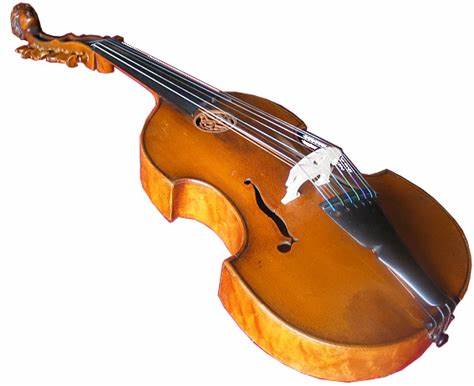
Viola
The viola is a lower-pitched, and not quite as piercing, violin. It is tuned a fifth lower (C, G, D, A.) It was less commonly used as a solo instrument but widely found in orchestras, supporting the middle range.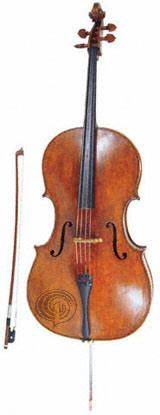
Violoncello
The cello is the tenor voice of the string section, and in the baroque period was generally the lowest instrument of the orchestra. It is tuned an octave lower than the viola (C, G, D, A.) In baroque music, the cello was usually the "basso" of a basso continuo part. Unlike the violin and viola, it is help upright when played.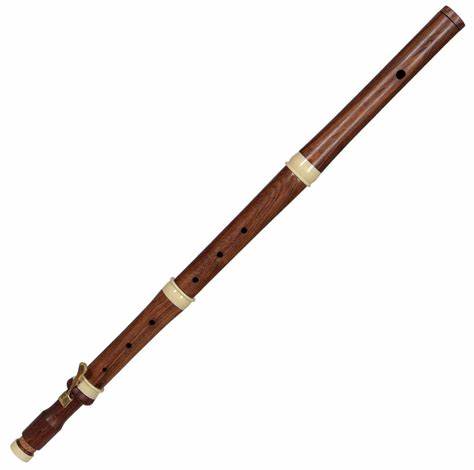
Flute
The flute is the oldest known instrument, with some specimens dating to prehistoric times. Flutes of the baroque period were generally still made of wood, with carved holes that could be covered by the fingers, meaning they were typically not fully chromatic. Nevertheless, their soft and pleasant tone made them the most popular of the woodwind instruments.
Oboe
The oboe is a double-reed instrument that represents a much-improved version of the shawm. By the baroque era, it featured a number of keys allowing for a fully chromatic range. Its bright, piercing tone closely resembles a human voice.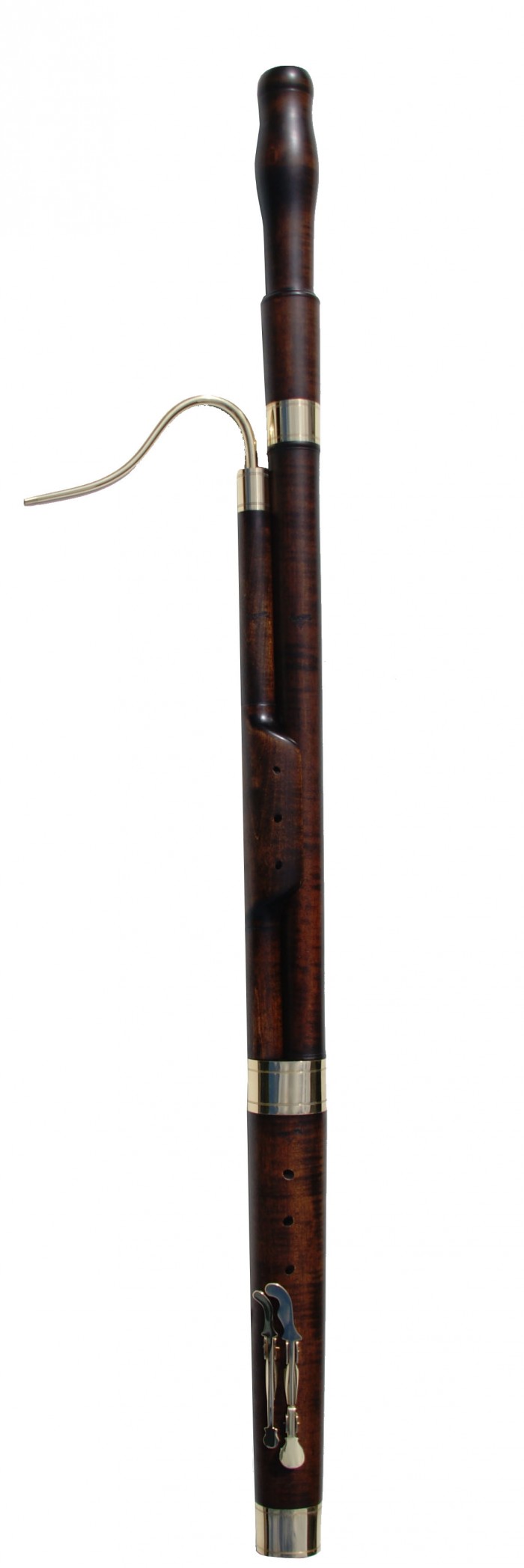
Bassoon
The bassoon is a tenor/bass double-reed instrument descended from the dulcian. It is the lowest-pitched woodwind instrument.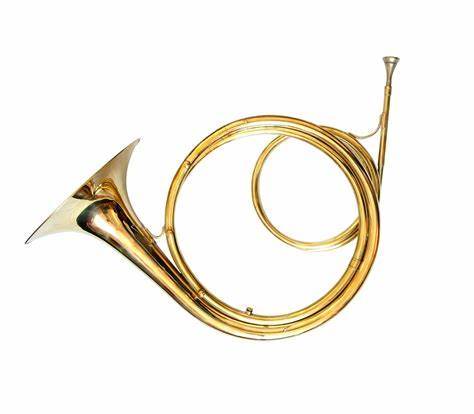
Horn
Horns were originally used for hunting and in military drills to call commands across a battlefield. Originally made from the horns of rams and other animals, horns in the baroque period consisted of a simple metal tube with a flared bell on one end and a mouthpiece on the other. As such, they could only play the natural harmonic series. Curving the bell back toward the player allowed "stopping," or move one's hand into the bell, which changes the pitch and allows for a full diatonic scale.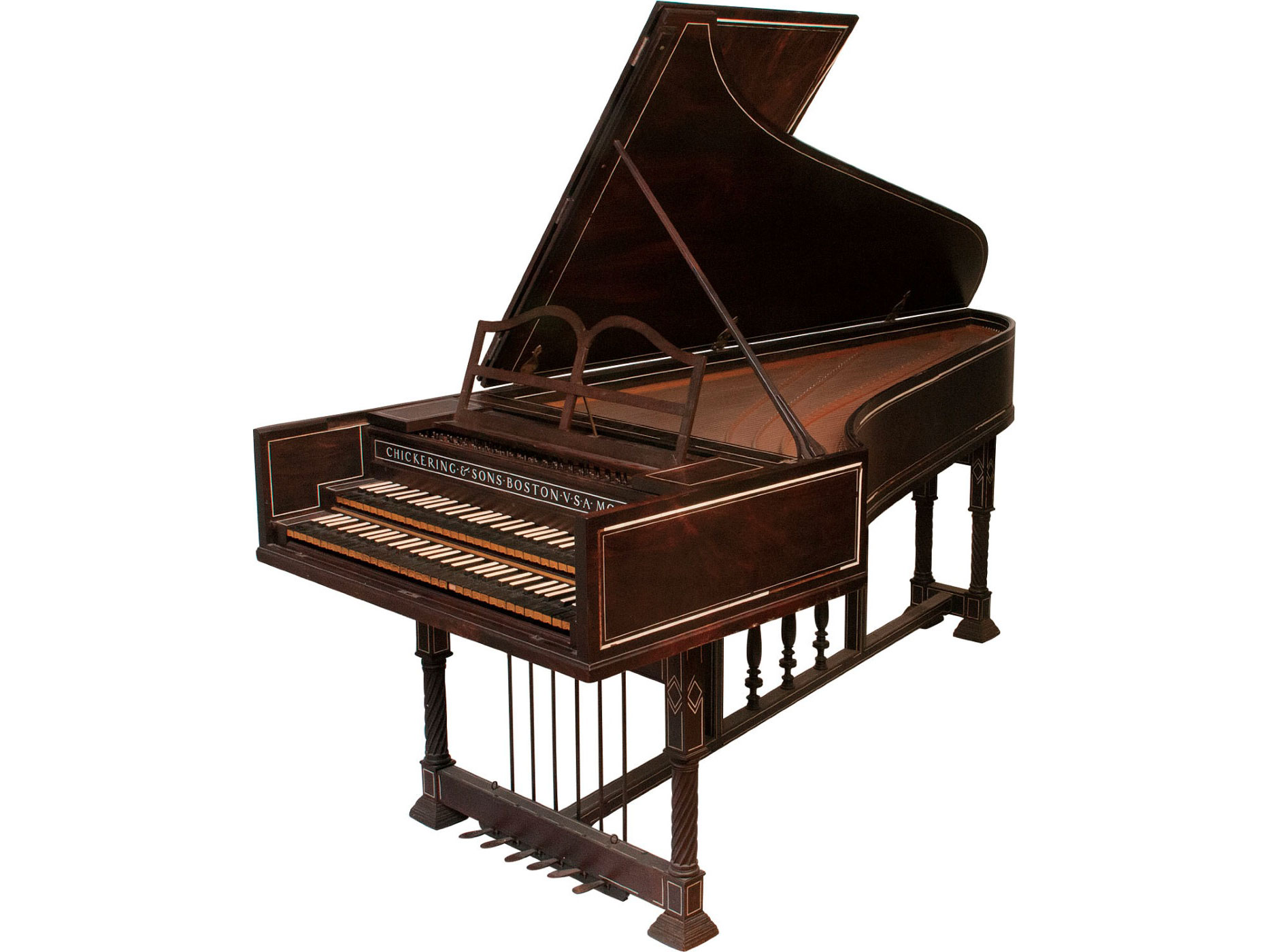
Harpsichord
The predecessor of the piano, a harpsichord is found in almost all baroque music as the "continuo" of a basso continuo. It was literally a harp turned on its side; a keyboard controlled a mechanism that automatically plucked the strings. The mechanism could only perform at a single dynamic level, leading to the instrument's eventually replacement by the pianoforte.
